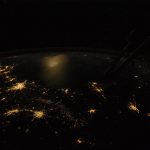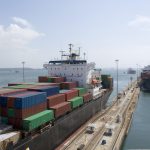
Despite its size and long coastline, Libya’s geography can only support a meagre level of agricultural production; total output is insufficient even for its relatively modest population of 6 million people. Libya’s history is one of warring semi-nomadic tribes competing for control of traditional trade routes or control of the country’s two major permanent settlements—Tripoli and Benghazi. As a result, Libya has been unable to function as a country for much of its history, with poorly centralized authority and what can best be called a nebulous sense of national identity. Libya’s current population levels necessitate imported food supplies and an extensive water transportation network, which in turn require capable governance and a steady inflow of oil dollars. As of 2016, Libya has none of these.
In the face of the dissolution of the Libyan government and domestic oil industry, Libya has returned to a state of tribal and regional forces competing not over trade routes, but access to hydrocarbon reserves. Libya’s future will be one of continued infighting flavored with regional jihadist elements. The Europeans—namely the Italians and the French—will eventually co-opt (or conquer) enough of these groups to allow for a return of oil and gas production in the future, but the humpty dumpty pieces of the shattered Gadhafi Libya are unlikely to ever be reassembled into anything resembling a coherent state.
In the meantime, areas like these irrigated circles in the desert have lost the organizational, security and infrastructure framework required to maintain operations. A Libyan famine is on the horizon.
For more information about the types of territories that will devolve in the future, see Chapter 9 of The Accidental Superpower.



